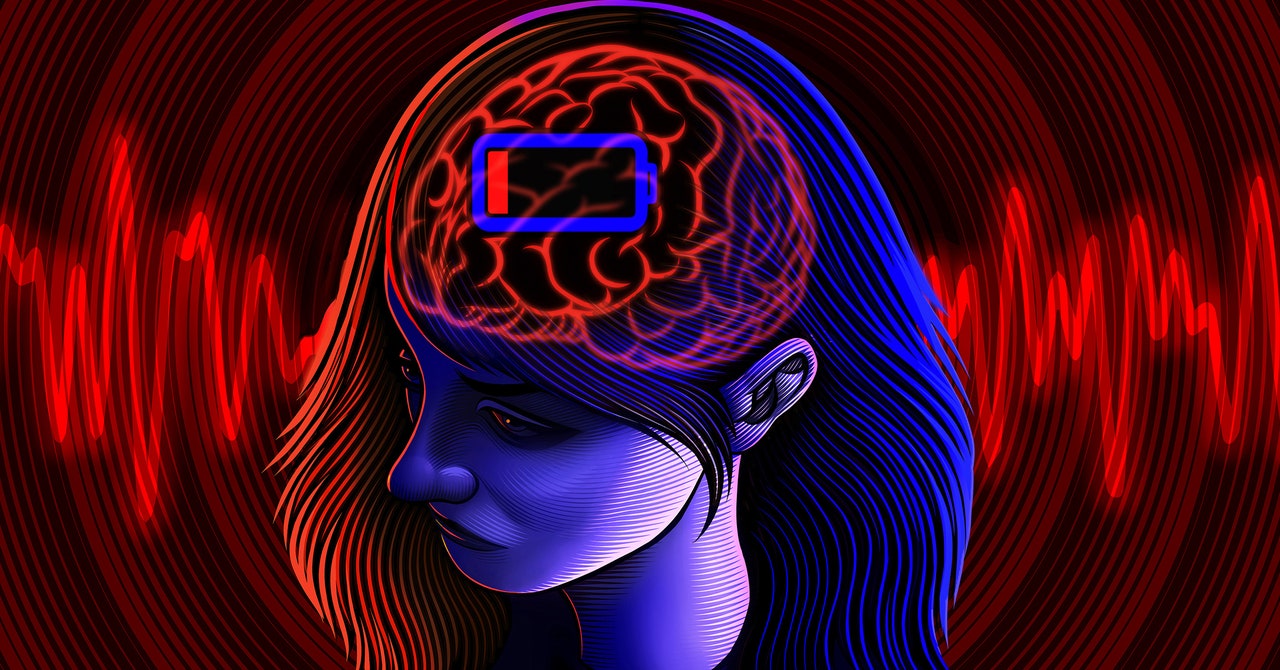
Since leptin is released by fat cells, scientists believe its presence in the blood is likely to signal to the brain that the animal is in an environment where food is ample and there’s no need to conserve energy. The new work suggests that low levels of leptin alert the brain to the malnourished state of the body, switching the brain into low-power mode.
“These results are unusually satisfying,” said Julia Harris, a neuroscientist at the Francis Crick Institute in London. “It is not so common to obtain such a beautiful finding that is so in line with the existing understanding,”
Distorting the Neuroscience?
A significant implication of the new findings is that much of what we know about how brains and neurons work may have been learned from brains that researchers unwittingly put into low-power mode. It is extremely common to restrict the amount of food available to mice and other experimental animals for weeks before and during neuroscience studies to motivate them to perform tasks in return for a food reward. (Otherwise, animals would often rather just sit around.)
“One really profound impact is that it clearly shows that food restriction does impact brain function,” said Rochefort. The observed changes in the flow of charged ions could be especially significant for learning and memory processes, she suggested, since they rely on specific changes happening at the synapses.
“We have to think really carefully about how we design experiments and how we interpret experiments if we want to ask questions about the sensitivity of an animal’s perception, or the sensitivity of neurons,” Glickfeld said.
The results also open up brand-new questions about how other physiological states and hormone signals could affect the brain, and whether differing levels of hormones in the bloodstream might cause individuals to see the world slightly differently.
Rune Nguyen Rasmussen, a neuroscientist at the University of Copenhagen, noted that people vary in their leptin and overall metabolic profiles. “Does that mean, then, that even our visual perception—although we might not be aware of it—is actually different between humans?” he said.
Rasmussen cautions that the question is provocative, with few solid hints to the answer. It seems likely that the conscious visual perceptions of the mice were affected by food deprivation because there were changes in the neuronal representations of those perceptions and in the animals’ behaviors. We can’t know for sure, however, “since this would require that the animals could describe to us their qualitative visual experience, and obviously they cannot do this,” he said.
But so far there also aren’t any reasons to think that the low-power mode enacted by the visual cortical neurons in mice, and its impact on perception, won’t be the same in humans and other mammals.
“These are mechanisms that I think are really fundamental to neurons,” Glickfeld said.
Editor’s note: Nathalie Rochefort is a member of the board of the Simons Initiative for the Developing Brain, which is funded by the Simons Foundation, the sponsor of this editorially independent magazine. Maria Geffen is a member of the advisory board for Quanta.
Original story reprinted with permission from Quanta Magazine, an editorially independent publication of the Simons Foundation whose mission is to enhance public understanding of science by covering research developments and trends in mathematics and the physical and life sciences.


